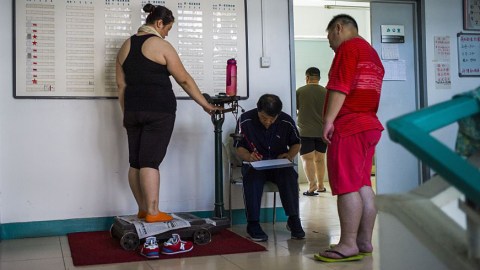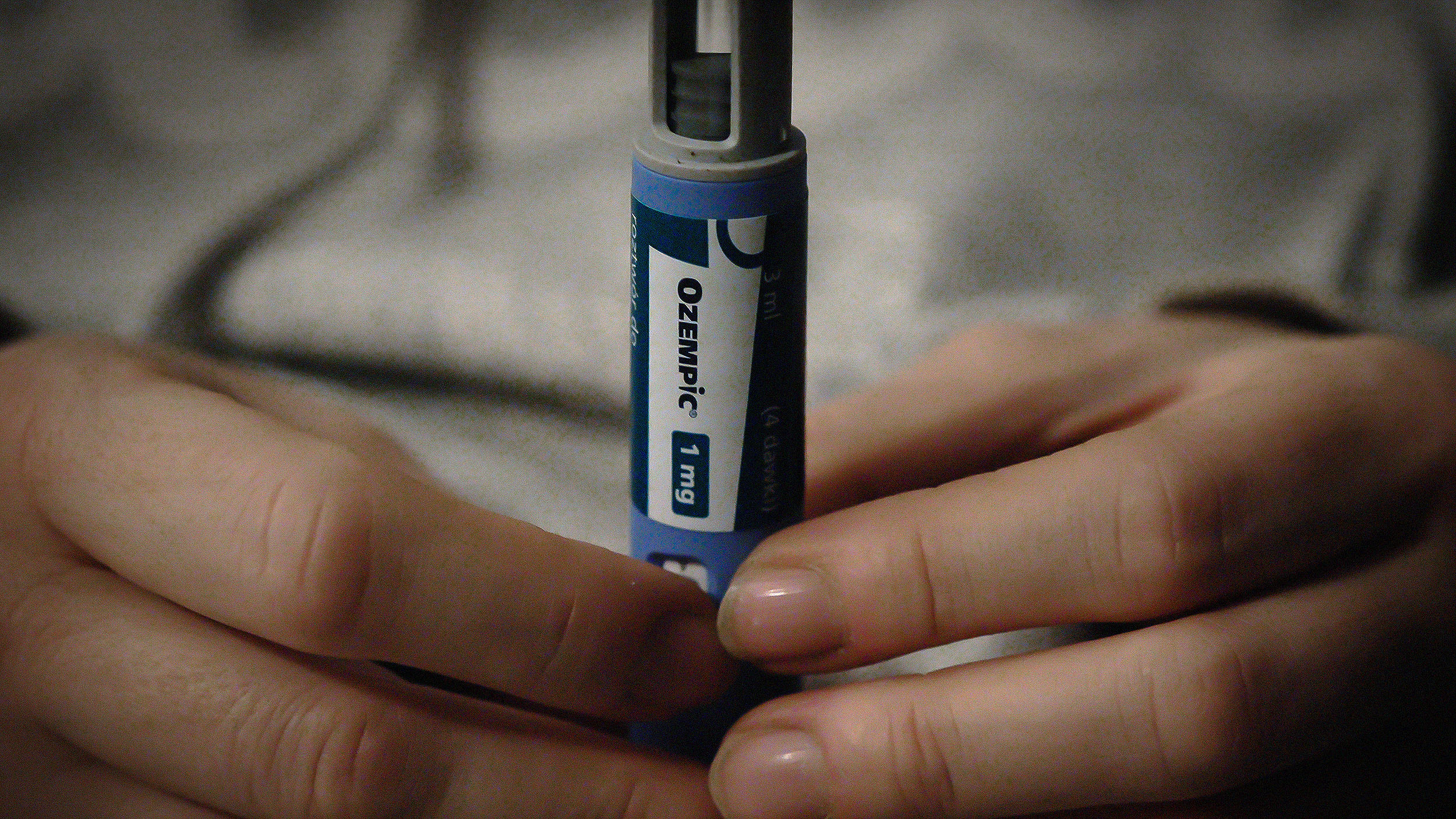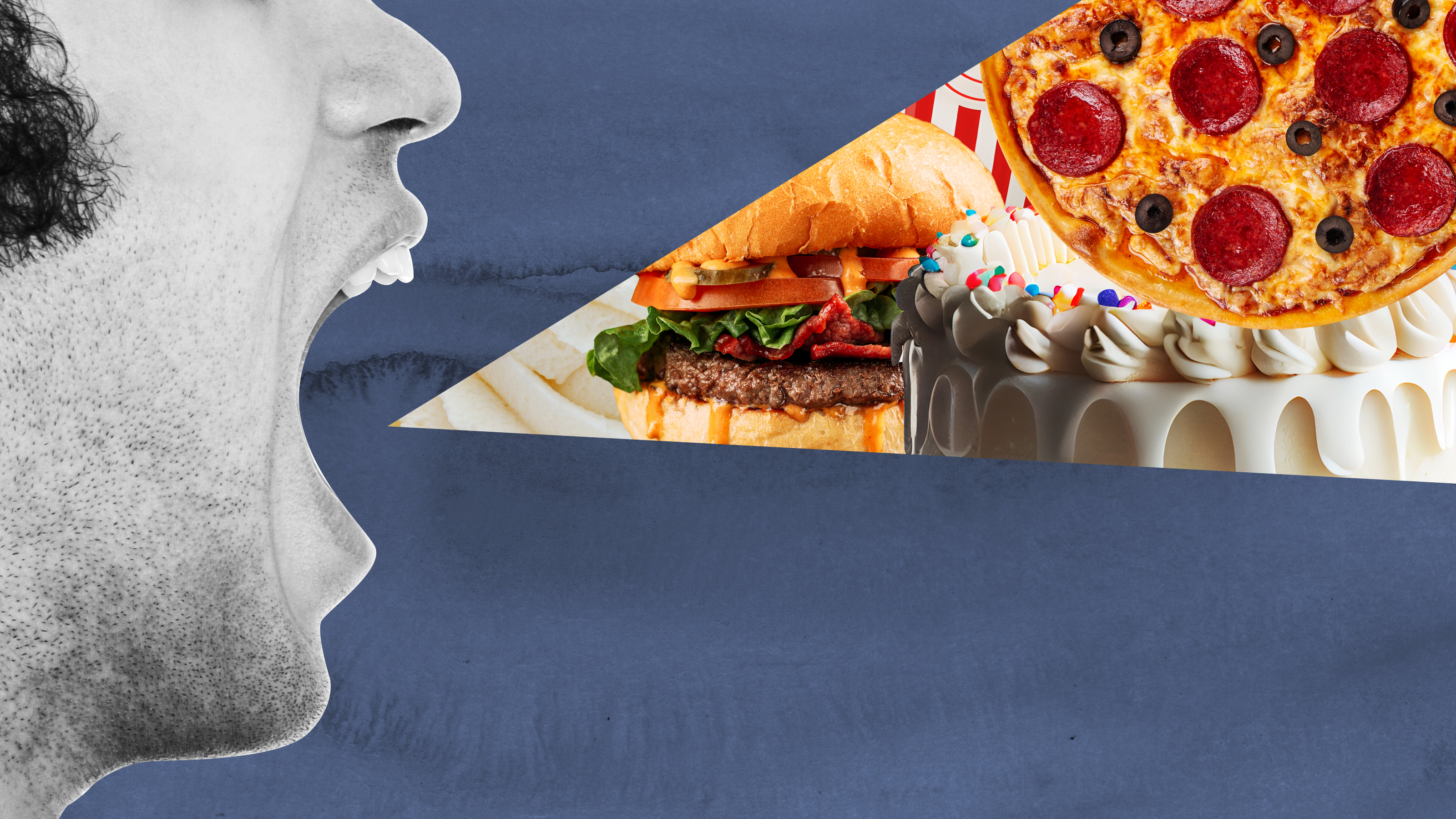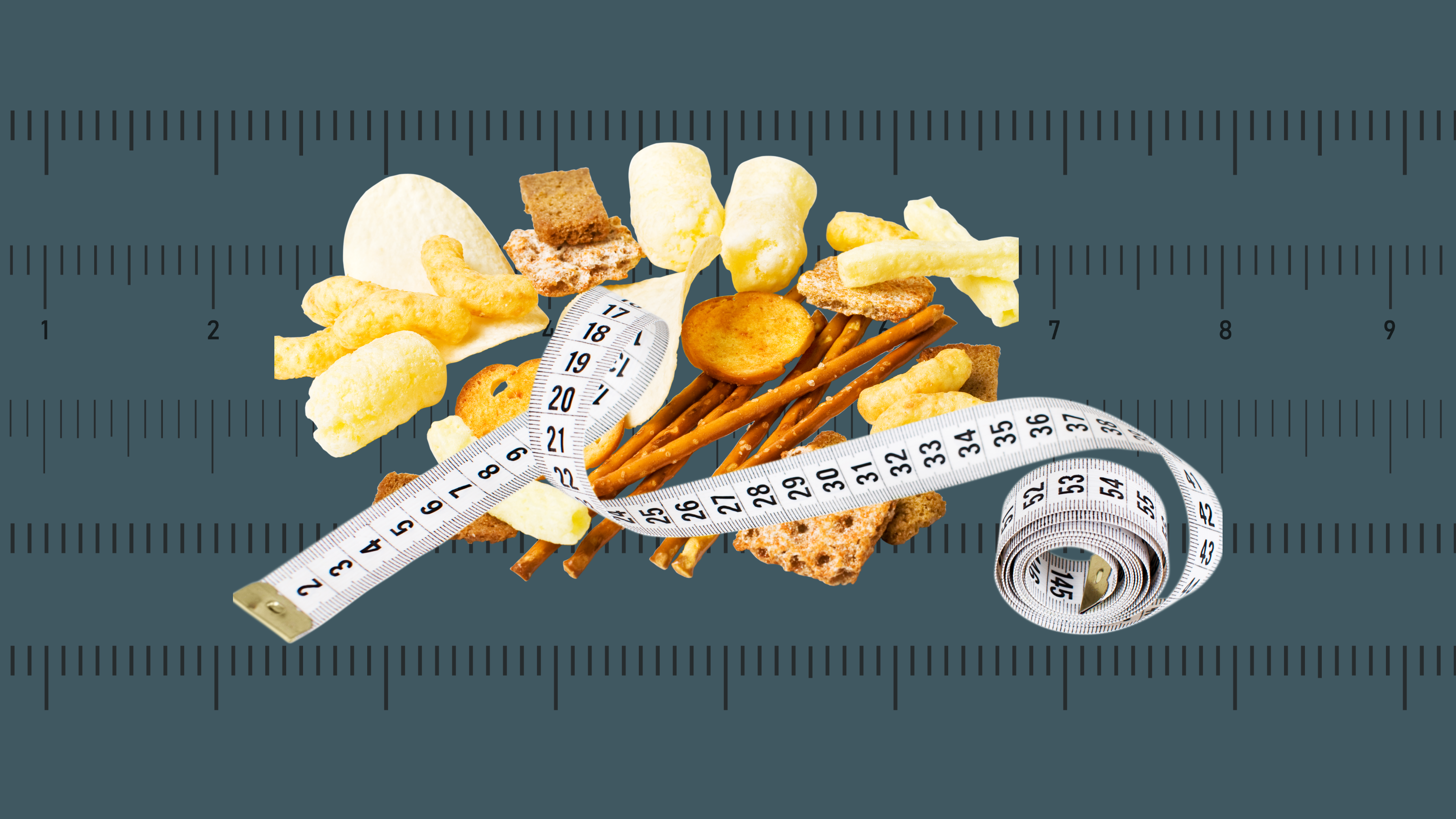Should You Pay Attention to Your Belt? Or the Scale?

You’ve probably heard that two-thirds of American adults are overweight and one-third obese. But what’s at the root of these numbers? The most popular marker for obesity, body-mass index (BMI), has always been a poor means for judging body composition. Yet it is used by default by most fitness professionals and doctors. Our cultural obsession with statistics is not necessarily helpful either.
In fact, if you plug BMI into Google a handy calculator pops up. Type in your weight and height and you receive a number in under a second. The measure is simple: your mass divided by the square of your height. Under 18.5 percent and you’re underweight; from there to 25 and you’re normal; next step is to 30, overweight; three degrees of obesity follow the 30 percent marker.
The problem is that bodies are vastly different. We carry weight in different places, and where you carry weight is more relevant than how much weight you’re carrying. That’s what researchers at Leeds Beckett University showed in a new study published in PLOS ONE. For people carrying weight around your middle the news is not good.
The team, led by Dr Michelle Swainson, first measured the body fat of eighty-one participants using a bone density scanner, which is the most accurate means of measurement. The problem is an x-ray is required, which is time consuming and expensive, and so not applicable for most doctor’s offices or gyms.
Her team then measured those results against five common predictors of body fat composition: BMI, waist-to-hip ratio, waist-to-height ratio, waist circumference, and waist-to-height ratio0.5. It turns out that the closest marker is waist-to-height ratio. Visceral fat around the middle is more likely to predict type 2 diabetes, insulin resistance, and cardiovascular problems. As Swainson explains,
Carrying fat around the abdominal area has been shown to be an independent predictor of all-cause mortality in men and women. Put simply, it is more important, especially for cardio-metabolic conditions, that your belt notch goes down than the reading on the scales.
Swainson concludes that your waist circumference should be less than half of your height to avoid problems associated with obesity. This information might not help our obsession with numbers, but at least it will give us a greater focal point for what we need to avoid. When it comes your middle diet is a much more important means for reducing visceral fat than exercise.
Right attitude is equally important. Physical, mental, and emotional stress conspire to create unhealthy habits. Increased visceral belly fat is linked to elevated cortisol levels and poor sleep. Regenerative techniques like meditation, deep relaxation, fascial massage, and breathing exercises can be used to reduce anxiety levels. Even more importantly they can calm an overactive mind that obsesses over statistics.
While it’s important to know where you stand, honing in on the right numbers and correcting damaging behavior is a healthier approach than worrying about the wrong information which, as it turns out, we’ve been focused on. The number on your scale does not tell the whole story.
Every week I see hundreds of bodies in my yoga and fitness classes. On top of that I see thousands more in the five Equinox locations I currently teach at in Los Angeles. Having worked in fitness for fourteen years I can’t even imagine the total number of bodies I’ve looked at, moved, and sweat with. Considering all of these experiences one thing is certain: aesthetics is not necessarily a good marker of functionality. We’re often our own worst critic. That’s a shame, as I’ve come across many exceptional bodies that move amazingly, yet the people inhabiting those bodies still feel inadequate. This is a continual problem that is certainly not helped by magazine cover models and youth-obsessed celebrities.
—
Derek’s next book, Whole Motion: Training Your Brain and Body For Optimal Health, will be published on 7/17 by Carrel/Skyhorse Publishing. He is based in Los Angeles. Stay in touch on Facebook and Twitter.





